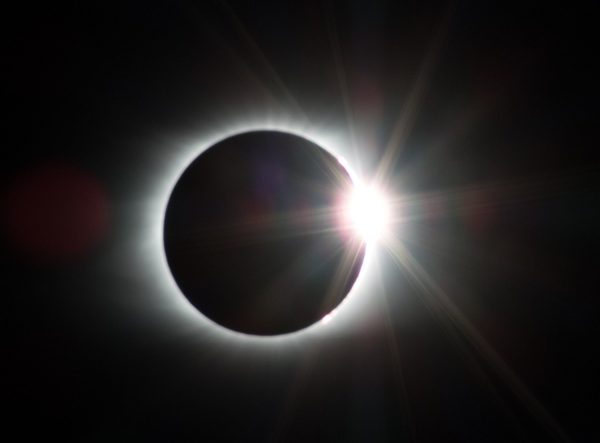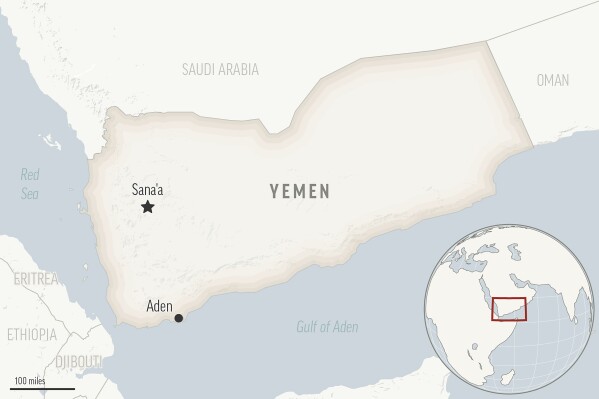Tragedy of the Climate
September 24, 2017
Hurricanes, droughts, and wildfires have become increasingly frequent due to the rising temperatures across the globe, impacting our world drastically. Hurricane Harvey recently destroyed areas stretching from Houston to Louisiana. More than 39 people have died, and tens of thousands of citizens remain in shelters. Hurricane Irma, hitting mainly the Caribbean and southern Florida, is still destroying cities as far out as Georgia and South Carolina. Although the storm did not damage the cities as bad as initially predicted, 65 percent of residents remain without power, and most of Florida has been flooded. In addition to these catastrophic storms, the west is experiencing dry conditions and extreme heat, resulting in forest fires. In Detroit, Oregon, there is a fire burning 10,432 acres in size, and in the Little Fall Creek in the Willamette National Forest, there is a fire currently 5,830 acres in size. There is also a fire outside of the community of Seeley Lake, threatening their community that is a whopping 27,863 acres large.
It is clear that the United States has been experiencing more and more natural disasters, and the root cause of this tragic phenomenon is global warming. For instance, global warming has made hurricanes exponentially more dangerous. As more and more glaciers melt due to rising temperatures, sea levels rise, causing enormous floods when storms and hurricanes pushes the water onshore – specifically on coastal cities. Global warming has also impacted rainfall. As the global temperature rises, the atmosphere can hold more moisture, resulting in more rainfall. This was especially prevalent with Hurricane Harvey, for the sheer amount of rainfall that accompanied Hurricane Harvey is what garnered national attention to the hurricane. As Niraj Chokshi, a New York Times writer, writes, Hurricane Harvey not only tore apart the land it crossed, but also it “turn[ed] roads into rivers.” In fact, An atmospheric scientist at MIT mentioned that “Water is the big killer in hurricanes, not wind…its often water that does most of the damage.”
In addition to flood and rainfall, water also counter-intuitively reaps destruction through causing to arid conditions. Since the temperature of the globe is rising, water is more easily evaporated out of the soil and into the air, taking away vial moisture from plants that rely on water to survive. This results in drought conditions according to Lai-yung Ruby Leung, a climate modeler at the Pacific Northwest National Laboratory. Climate change might also lead to subtropical high-pressure systems becoming stronger and larger. Subtropical high-pressure systems prevent moist air from traveling up in the atmosphere, where it can condense and fall as rain or snow. The increased strength of these systems will lead to less precipitation.
Because of drier weather and more droughts, this will lead to more wildfires because of less moisture. Moreover, due to the increased temperatures, mountain pine beetles – who feast on trees – will become more prevalent since its natural predator, frigid weather, will no longer reach the same chilling temperatures as in previous years. Thus, mountain pine beetles will be free to kill trees from the Rocky Mountains, into the Pacific Northwest and Canada. More dead trees results in more material ready to burn.
In response to these tragic times, two University School students have rose to the cause of raising money to help support individuals and families who have been affected by these disasters. Indeed, seniors Raeden Goldblum and Kyle McCorvey held a donation and Dress Down Day to support the victims of Hurricane Harvey and Irma, and they raised 2,500 dollars that is going to be donated to the Red Cross. Young men like these two University School Students are shining examples of how we ought to band together to survive the changing climate.










